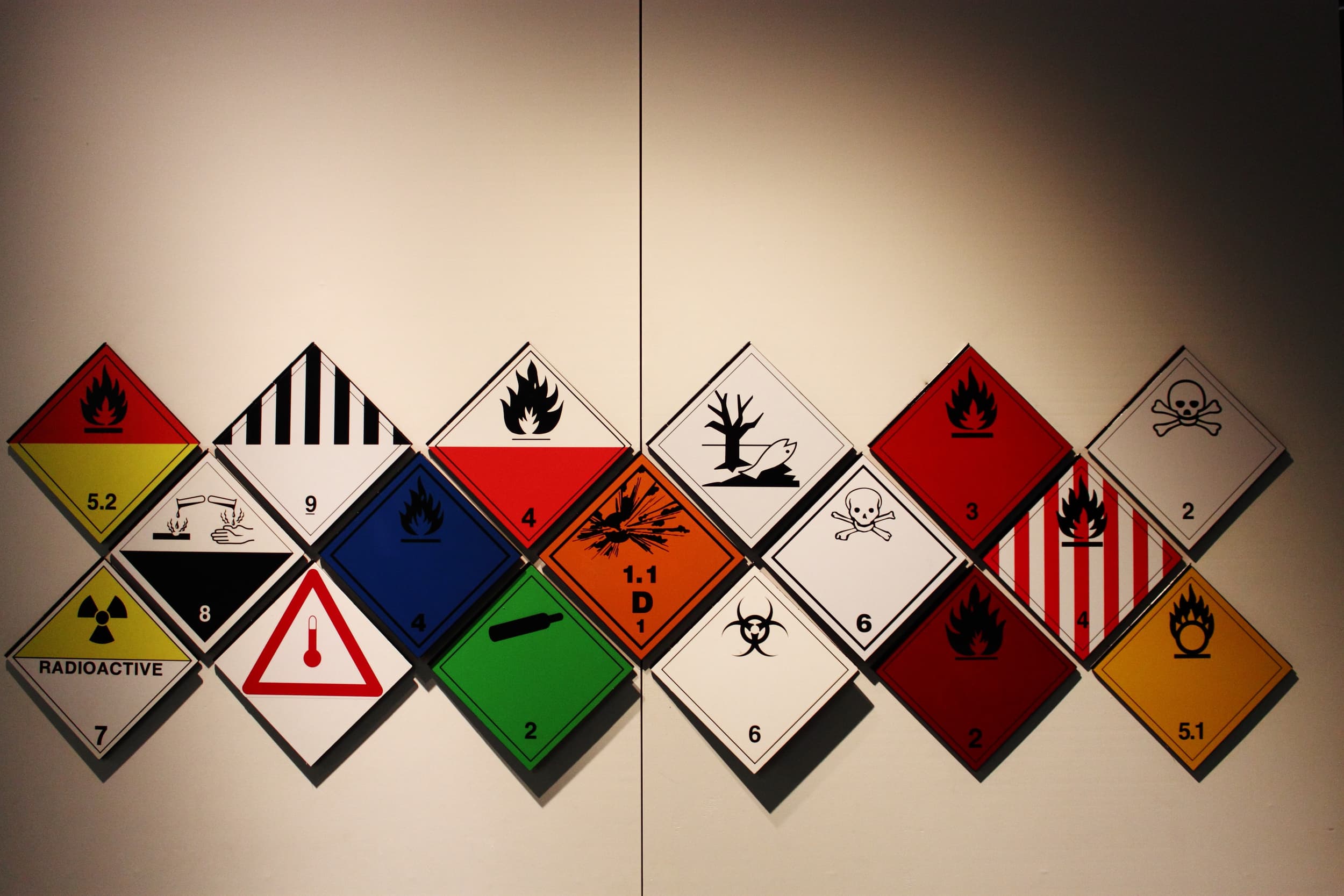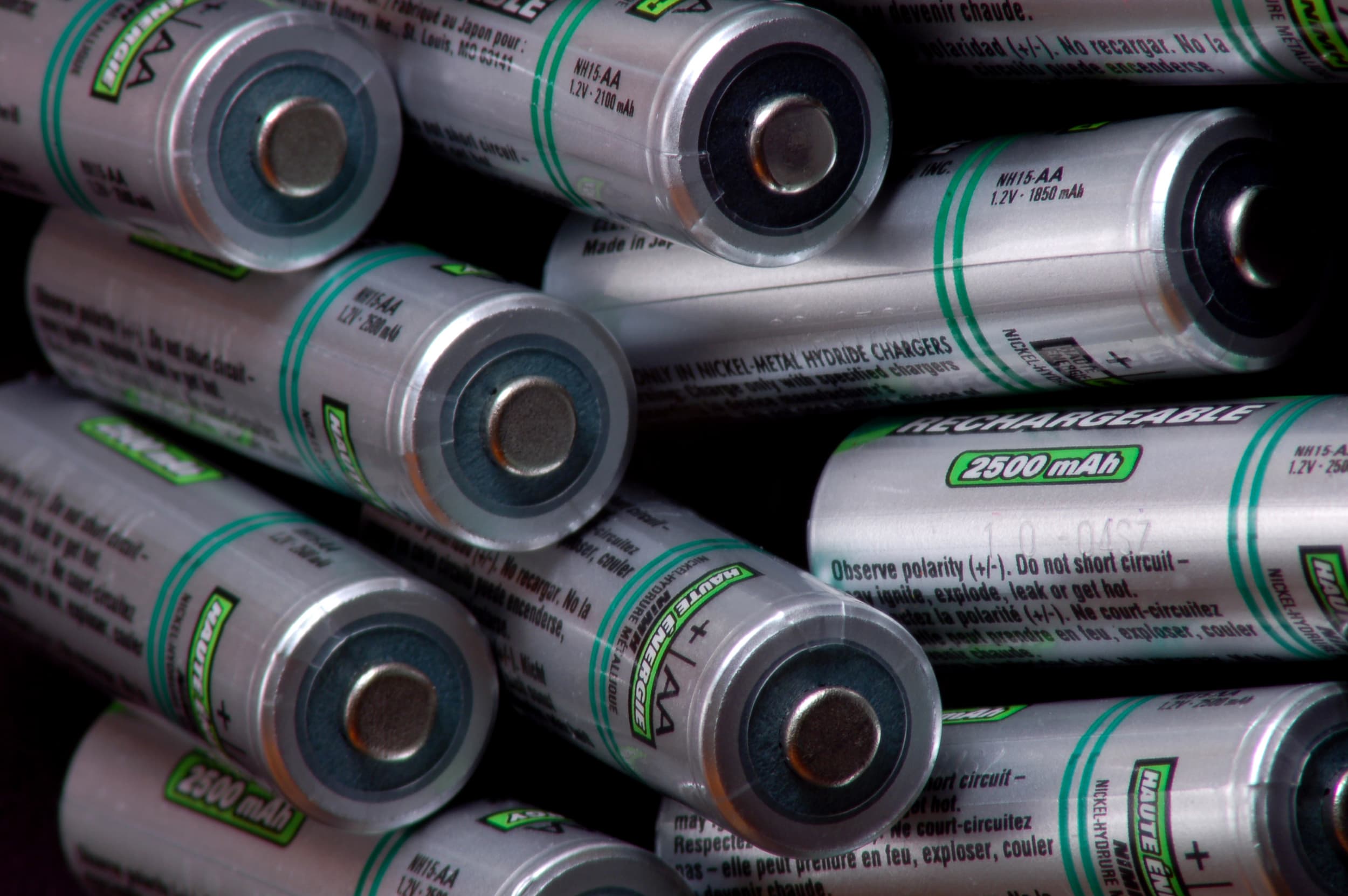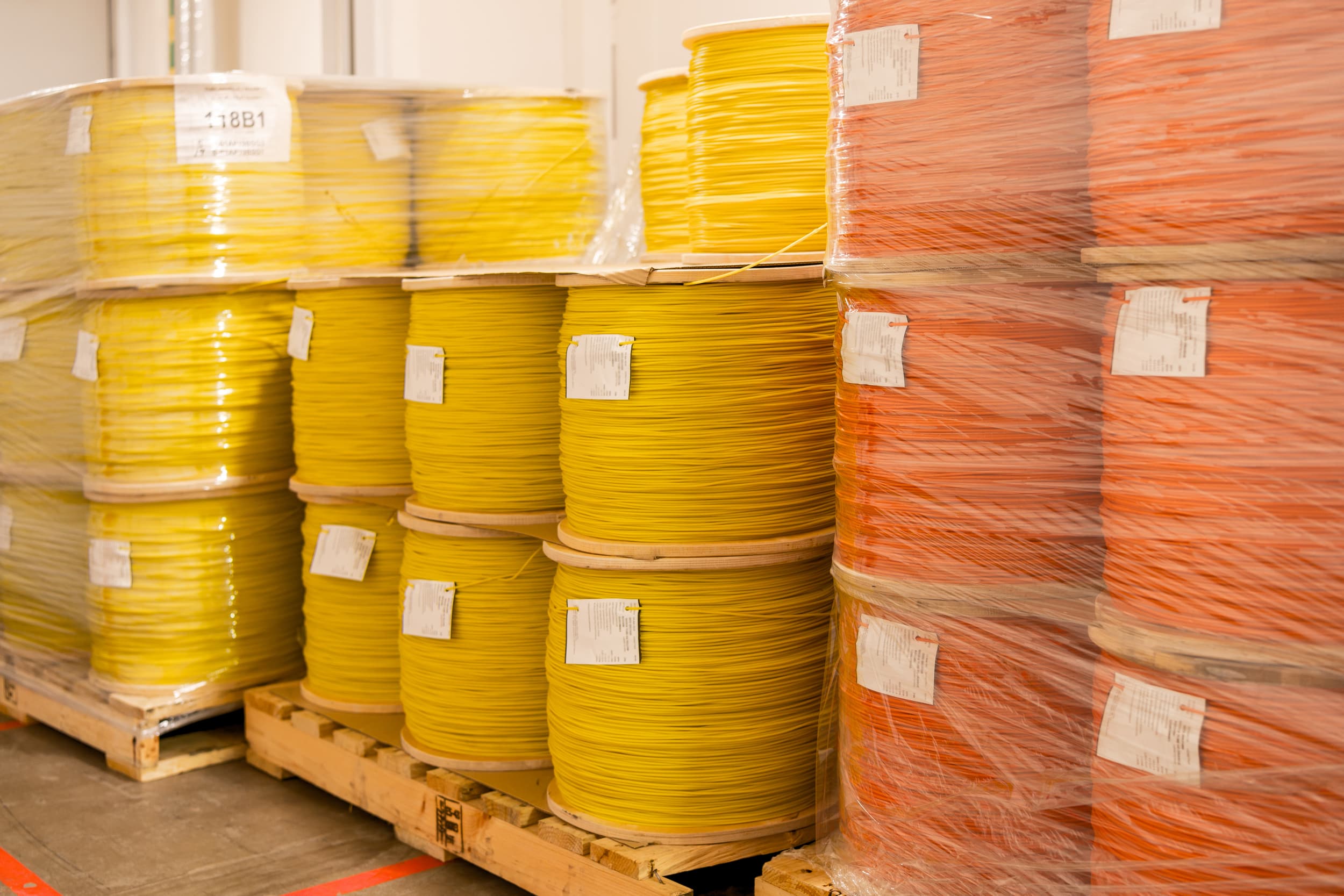IATA DGR Class 2 Gases
Shipping Gases by Air
Online Training Certification Course
From the highest rated and most trusted online training company - since 2008.
The IATA DGR identifies nine classes of dangerous goods. Class 2 dangerous goods are gases, which are divided into three classifications: flammable, non-flammable/non-toxic, and toxic. This online training course presents important safety information for any worker who handles or ships Class 2 gases.
IATA Class 2 training ensures that employees know the proper methods to identify, handle, package, and ship Class 2 dangerous goods. Gases are capable of posing serious hazards due to their flammability, their potential as asphyxiants, their ability to oxidize, and their toxicity or corrosiveness. Common items such as lighters, aerosols, and oxygen canisters can cause fires, explosions, and other violent reactions if they are not handled with care.
This course is for:
All HAZMAT employees must receive safety training that includes general awareness, function-specific, safety, and security-awareness topics. IATA HAZMAT Class 2 training is required for all personnel responsible for the safe transport of hazardous materials. According to IATA DGR Table 1.5 A, this includes airline cargo acceptance staff, packers and freight forwarders, shippers, cargo training and development specialists, regulatory compliance specialists, ground handling and goods control staff involved in the cargo chain, security screeners, and operations and station managers.
Case Study: On December 3, 2007, a cylinder of Ethyl chloride exploded in a cargo warehouse in Dubai, causing minor injuries. Had the explosion occurred during the flight, the consequences could have been severe. The gas was classified as UN 3160, "Liquefied gas, flammable, N.O.S.", rather than UN 1037, Ethyl chloride, and was packaged in an aluminum alloy cylinder.
Key Takeaway: According to Packing Instruction 200, aluminum alloy cylinders are not authorized for use with UN 1037. The Ethyl chloride reacted with the aluminum of the cylinder, causing corrosion and weakening the cylinder until it exploded. It is extremely important to follow the IATA DGR guidelines in order to prevent serious injury or death.
Available languages: 100+ languages - translation provided by Google Translate (Select Language bottom of page)
Governing Regulations
Shipping gases by air is governed by the IATA Class 2 Dangerous Goods Regulations. This online certification course satisfies all carrier requirements for proof for IATA shipping gas training, including FedEx and UPS.
If you are also shipping other classes of dangerous goods you must take our full IATA Dangerous Goods Regulations training course in place of this one.
If you do not have a copy, you will need to purchase the IATA Dangerous Goods Regulations (DGR) Manual both for reference purposes in your day to day shipping operations, and while taking this course.
You can access the IATA DGR Current Edition Significant Changes document from our "Resources" section.
What You'll Learn
- About This Course
- Course Objectives
- Introduction to Dangerous Goods Regulations
- Philosophy of Dangerous Goods Regulations
- Key Terms and Concepts
- Dangerous Goods Incidents and Statistics
- How to Use the DGR
- Changes to the 65th Edition
- Applicability
- Basis of the IATA Dangerous Goods Regulations
- Application of the Regulations
- Shipper's Responsibilities
- Operator's Responsibilities
- Training
- Adequate Instruction for Shipping Section II Lithium Batteries
- Security
- Limitations
- Forbidden Dangerous Goods
- Hidden Dangerous Goods
- Dangerous Goods Carried by Passengers or Crew
- Dangerous Goods Transported by Post
- Operator's Property Exceptions
- Excepted Quantities
- Limited Quantities
- Variations
- Classification
- Packing Groups
- Shipper's Responsibilities
- Multiple Hazards
- Samples
- Identification
- Selecting the Proper Shipping Name
- Using the List of Dangerous Goods
- Packing
- Shipper's Responsibilities
- Overpacks
- Salvage Packaging
- General Packing Requirements
- Specific Packing Instructions
- Packaging Specifications and Performance Tests
- Codes
- Markings
- Requirements for Inner Packagings
- UN Outer, Single, and Composite Packagings
- General Testing Requirements
- Types of Tests
- Test Reports
- Specific Testing Requirements
- Marking and Labeling
- Markings
- Labels
- General Label Specifications
- Hazard Labels
- Handling Labels
- Documentation
- Shipper's Declaration
- Completing the Shipper's Declaration
- Air Waybill
- Additional Documentation
- Handling
- Acceptance
- Loading
- Inspections
- Provisions for Pilot-in-Command
- Informing Passengers and Shippers
- Reporting
- Document Retention
- Class 2 Gases
- Definitions
- Primary Hazards
- Three Divisions
- Exemptions
- Limited and Excepted Quantities
- Mixtures and Hazard Precedence
- Aerosols and Aerosol Dispensers
- Packing Instructions
- Packaging Specifications
- Additional Resources
- Summary
- Exam
It will take a MINIMUM of 3 hours to complete this online course. The student may log on and off as needed. A bookmark will be set so when they log back in they will return to where they left off.
We have no restrictions on how long a person takes to complete a course. Likewise, if you are purchasing for others, we have no time limit on assigning courses, so you can purchase a larger quantity than you currently need and take advantage of volume discounts.
DOT rules require all HAZMAT employees to repeat training in its entirety at least every three years. To remain IATA certified, recurrent dangerous goods training must occur with 24 months of the previous training. Airline carriers may refuse shipments if IATA DGR training has not been completed within the previous 24 months.
Each student will receive 0.3 CEUs (or 3 CMEs) from Compliance Training Online® for completing this course.
Esther T
IATA DGR Class 2 Gases 65thA big thank you this class is very good and educational :)
Zlatka A
IATA DGR Class 2 Gases 65thVery well thought course
Kevin A
IATA DGR Class 2 Gases 65thAmazing, well structured training
THE BEST ONLINE TRAINING EXPERIENCE POSSIBLE
Fast
Your time is valuable. We've designed our site to be as fast as possible.
Easy to use
You'll never get lost or confused with us.
Immediate Access
There's no waiting period. Begin the course as soon as you sign up.
Anywhere Anytime
Internet connection and a computer, tablet, or smartphone.
Up to date
We update our courses as soon as new regulations come out.







